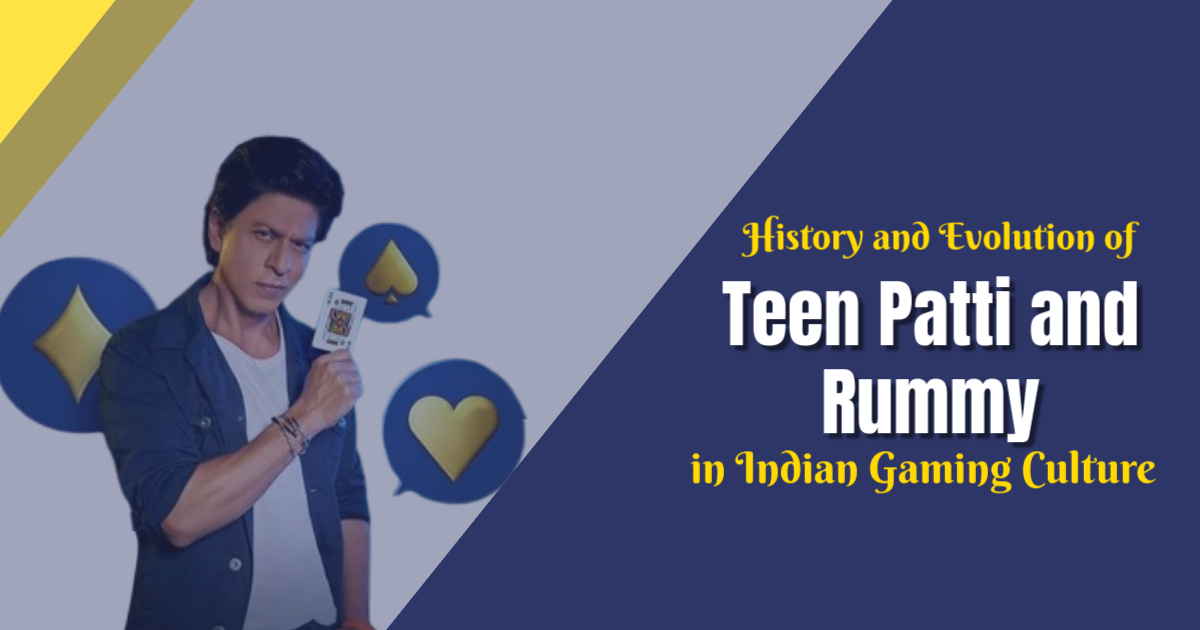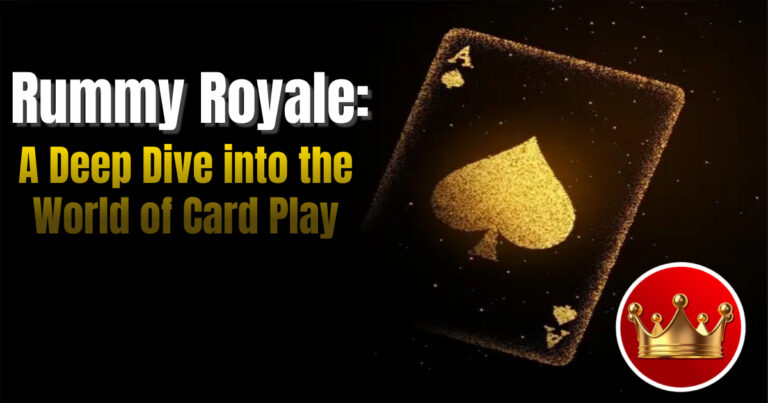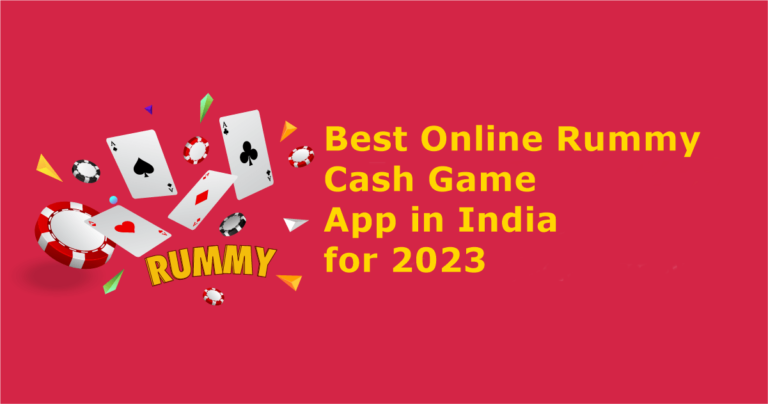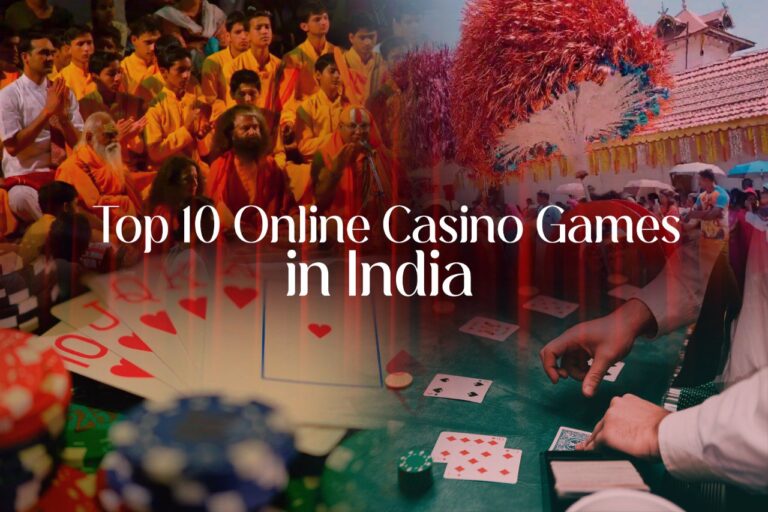History and Evolution of Teen Patti and Rummy in Indian Gaming Culture
Indian gaming culture has a long and diverse history, deeply intertwined with the country’s traditions, festivals, and social gatherings. Among the many games that have remained culturally significant are Teen Patti and Rummy games. Both card games have not only evolved over the years but also become a part of contemporary Indian gaming, from casual gatherings to digital platforms. While these games share a common cultural space, their origins, rules, and gameplay have unique trajectories that reflect different aspects of Indian society and its adaptation to global influences.

Origins of Card Games in India
Card games have been part of Indian gaming culture for centuries, with origins rooted in ancient traditions. The earliest known reference to card games in India dates back to the 16th century during the Mughal period. The Mughals introduced a wide array of card games that were primarily played by nobility. Some historians believe these games evolved from a traditional Indian gaming dice called “Pachisi,” played on a cross-shaped board. Cards, in contrast, were seen as more portable and versatile, quickly gaining popularity.
These early games, often featuring hand-painted cards with intricate designs, laid the foundation for what would become two of India’s most iconic card games—Teen Patti Stars and Rummy. While both games share similarities in strategy and gameplay, they originated in different contexts and have since taken distinct paths in their evolution.
Teen Patti: A Game of Tradition and Adaptation
Teen Patti, sometimes referred to as “Indian Poker,” has its roots deeply embedded in Indian festivals, especially Diwali, where card-playing is a common practice. Derived from the British card game “Three-card Brag,” Teen Patti spread across India during the British colonial period. It is likely that the game’s simplicity and quick gameplay made it attractive in a social setting, which led to its widespread adoption.
Traditional Gameplay
Teen Patti is a game of betting and bluffing, much like poker, but with a uniquely Indian gaming flavor. The game is played with a standard 52-card deck, and each player is dealt three cards. Players bet based on the strength of their hand, with the objective of having the best hand or outlasting others in a series of bets. What makes Teen Patti stand out is its reliance on reading other players and using psychology to bluff or outwit opponents. Hands are ranked similarly to poker, with a “trio” or three-of-a-kind being the highest, followed by a “pure sequence,” a “sequence,” and so on.
Evolution Over Time
Teen Patti has evolved significantly over the years. Traditionally played in homes or private gatherings, it gradually became more organized within Indian gaming, featuring local and regional tournaments. However, its biggest leap came with the digital age, particularly with the advent of online gaming platforms. Mobile apps and websites dedicated to Teen Patti allowed the game to reach a broader audience. With easy access and convenience, online Teen Patti exploded in popularity, offering both casual games and real-money versions.
The online format also introduced variations of the traditional game. Some platforms offer versions like Joker Teen Patti or Muflis Teen Patti, where the weakest hand wins. These variations reflect the rummy game rules‘ adaptability and the willingness of players to experiment with new rules while staying rooted in the basic structure.
Rummy: A Global Game with Indian Roots
Unlike Teen Patti, which is more regionally focused, Rummy is a global game with variations in almost every country. The exact origins of Rummy are debated, but it is generally agreed that the game has its roots in Spain or Mexico and spread across the world in the early 19th century. In India, the most popular variant is the 13-card Rummy, which has become almost synonymous with the game itself in the country.
Traditional Gameplay
Rummy is a game of skill and strategy, where players are dealt a set number of cards (typically 13 in the Indian gaming version) and must form valid sets and sequences. A set consists of three or four cards of the same rank, while a sequence is a consecutive run of cards from the same suit. The game continues until one player has successfully created these combinations and declares victory.
Rummy’s appeal lies in its blend of luck and skill. While the cards dealt are a matter of chance, arranging them into the desired combinations requires foresight, planning, and the ability to predict the moves of opponents. This blend makes it a more strategic game compared to Teen Patti, which is largely reliant on betting psychology and bluffing.
Evolution in Indian Culture
In India, Rummy has traditionally been played in family gatherings, especially during festivals like Diwali, much like Teen Patti, and now it’s also enjoyed on the best rummy apps. However, over time, Rummy transcended its status as a festival game and became a popular pastime across the country. As card clubs and informal gaming circles began organizing Rummy games, the game’s appeal grew. In the mid-20th century, Rummy tournaments began to gain prominence in Indian gaming, and the game started to be seen as a more formalized and competitive card game.
The digital revolution played a crucial role in the evolution of Rummy, just as it did with Teen Patti. Online platforms for Rummy emerged in the early 2000s, offering multiplayer options, real-money play, and even large-scale tournaments with cash prizes. The game became particularly popular due to its perceived skill element, which distinguished it from games of pure chance. This also contributed to its legal standing in India, where games of skill like Rummy are permitted for real-money play, unlike games that rely purely on luck.

The Cultural Significance of Teen Patti and Rummy
Both Teen Patti and Rummy variants have a special place in Indian gaming culture, transcending mere entertainment. They have become symbolic of social bonding, particularly during festivals and family gatherings. The act of playing these games is often seen as a way to bring people together, whether it’s friends during casual get-togethers or families during festive occasions.
In the Indian gaming landscape, these games have also become a reflection of changing societal norms. Historically, card games were associated with gambling and were often looked down upon in conservative circles. However, with the rise of online platforms and legal clarity around games of skill, card games like Rummy and Teen Patti are now considered legitimate forms of recreation.
The Digital Boom and Future of Card Games in India
The digitalization of Teen Patti and Rummy has given these traditional games a new lease on life, including the rise of online rummy tournaments. Online platforms have made it easier for people to access these games, regardless of geographic location or social context. Teen Patti, with its fast-paced, luck-based nature, has attracted a younger demographic in Indian gaming, while Rummy’s strategic depth appeals to those who enjoy longer, more thoughtful gameplay.
As smartphone penetration in India continues to grow, the future of these card games looks promising. Innovations in virtual reality (VR) and augmented reality (AR) could further transform how these games are experienced, offering even more immersive and interactive versions of Teen Patti and Rummy.
Conclusion: Indian Gaming
The history and evolution of Teen Patti and Rummy in Indian gaming culture reflect the dynamic interplay between tradition and modernity. From their roots in social and festival gatherings to their proliferation on digital platforms, these games have adapted to changing times while maintaining their core appeal. As both continue to evolve, they remain integral parts of India’s rich gaming heritage, symbolizing both the joy of social connection and the thrill of strategic play.








